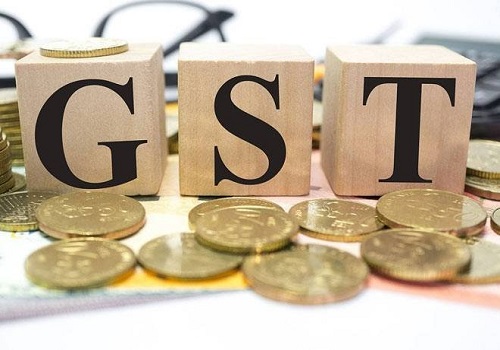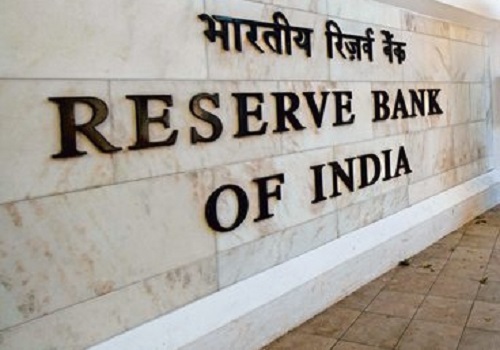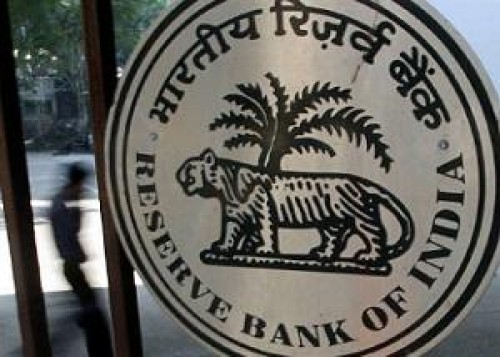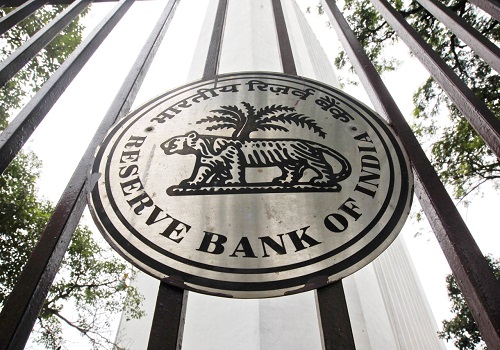Fixed Income Monthly View September 2022 By Mr. Pankaj Pathak,Quantum Mutual Fund

Follow us Now on Telegram ! Get daily 10 - 12 important updates on Business, Finance and Investment. Join our Telegram Channel
Below Fixed Income Monthly View on September 2022 By Mr. Pankaj Pathak, Fund Manager- Fixed Income, Quantum Mutual Fund.
Indian bond yields have been falling (bond prices rising) since mid-June 2022. The 10- year government bond yield peaked at 7.6% in June. It fell to 7.45% by June end, 7.32% by July end, 7.24% by August end, and at the time of writing on September 8, 2022, it is trading around 7.08%.
The decline in bond yields started with a clamour of global growth slowdown and falling commodity prices. An expectation of India’s inclusion in the global bond index also added to the positive market sentiment.
Crude oil has come down sharply over the past two months on fears of a global economic slowdown reducing oil demand. The brent crude oil price fell from ~USD 112/barrel at the June end to ~USD 89/barrel on September 8, 2022.
The decline in commodity prices eased some of the concerns about inflation. The CPI inflation eased to 6.71% in July 2022 vs over 7% inflation during April – June 2022 period. Sequential month-over-month inflation has been easing across many components of inflation suggesting the producers have slowed down the pace of price increases.
Assuming no further inflationary shock, CPI inflation for the 12 months forward period should average around 6%. The RBI may draw comfort from inflation coming down to 6% or below in the near term while taking a more medium-term view to achieving the 4% inflation goal.
This would allow the RBI to slowdown the pace of rate hikes going forward. We expect the RBI will hike the repo rate by another 25 basis points in the upcoming MPC (monetary policy committee) meeting to be held at end of September. We maintain our call of repo rate peaking around 6% by end of this year or early 2023.
During the last month, liquidity surplus in the banking system came down below Rs. 1 trillion owing to heavier than usual cash withdrawals from banks during August, RBI’s selling of foreign exchange (which in turn takes away INR from the banking system), and build-up of government cash balance during the month.
The core liquidity surplus which excludes the government’s surplus cash balances and is considered a more durable source of liquidity has also been coming down rapidly for the last six months. The core liquidity surplus was around Rs. 9 trillion in March 2022, it fell to ~Rs. 6 trillion by June 2022, and, in August core liquidity is slightly above Rs. 4 trillion.
With the early arrival of the festival season, we expect cash demand to increase further in the September to December period. The RBI may also have to sell foreign exchange to fill the gap in the balance of payments. This, along with the double-digit credit growth will further reduce the core liquidity surplus.
Core liquidity surplus may fall below Rs. 2 trillion by October 2022. Assuming a running government balance of around Rs. 1-2 trillion, banking system liquidity will become neutral to the deficit during Q4 of 2022.
Given the economic growth is still below potential, RBI might want to keep the banking system liquidity in surplus of around 1% of NDTL. Thus, there is a reasonable possibility of RBI adding liquidity through OMO purchases of government bonds in Q4 2022 and Q1 2023. If this happens, this should be supportive of the demand-supply dynamics in the bond markets.
Although the domestic environment has improved, the external environment has turned more hostile to the Indian bond markets.
The 10-year US treasury yield has moved up during the month from a bottom of around 2.6% to ~3.3%. At the Jackson hole symposium, the US Fed Chairman Jerome Powell delivered a hawkish speech suggesting rate hikes will continue and higher rates will be maintained for long period.
Powell’s speech was a big pushback to the part of the market which was pricing for a rate cut by the Fed on the first sign of economic weakness. Market expectations of terminal US Fed Fund rate moved up to 4% vs 3.5% a fortnight back.
Similar hawkishness can be seen in the commentary from other central banks in that part of the world including the European Central Bank, Bank of Canada, and Bank of England. All are hiking their respective policy rates at a pace of 50-75 basis points every meeting.
This is not a conducive environment for foreign investors to invest in emerging economies. Thus, we do not expect large inflows from foreign investors immediately even if India gets inducted into the global bond indices though it would be sentiment positive for the domestic investors and might extend the bond rally for some more time.
Going ahead, the bond market should continue to track the movement in crude oil prices and the domestic demand-supply balance.
We expect the 10-year government bond yield to continue to trade in a broader range of 7.1%-7.5%. The short end of the curve will likely move higher with Overnight rates moving closer to 6% by the year-end.
Considering the duration-accrual balance, the 3-5 year segment remains the best play as core portfolio allocation. The long end of the yield curve is vulnerable to an adverse demand supply shock. However, any mispricing in this segment can be exploited through tactical positioning from time to time.
We suggest investors with a 2-3 years holding period should consider adding their allocation to dynamic bond funds to benefit from higher yields on medium to long-term bonds.
Dynamic bond funds have the flexibility to change the portfolio positioning as per the evolving market conditions. This makes dynamic bond funds better suited for long-term investors in this volatile macro environment.
Investors with shorter investment horizons and low-risk appetites should stick with liquid funds. With an increase in short-term interest rates, we should expect further improvement in potential returns from investments in liquid going forward.
Since the interest rate on bank saving accounts are not likely to increase quickly while the returns from the liquid fund are already seeing an increase, investing in liquid funds looks more attractive for your surplus funds.
Investors with a short-term investment horizon and with little desire to take risks should invest in liquid funds which own government securities and do not invest in private sector companies which carry lower liquidity and higher risk of capital loss in case of default.
To Read Complete Report & Disclaimer Click Here
Above views are of the author and not of the website kindly read disclaimer










Tag News

Monthly Debt Market Update, September 2023: CareEdge Ratings













